melons, watermelons doing well
winnjoe
18 years ago
Related Stories

EDIBLE GARDENSSummer Crops: How to Grow Watermelons
You might not need as much space as you think to get this summer mainstay to spring up in your garden
Full Story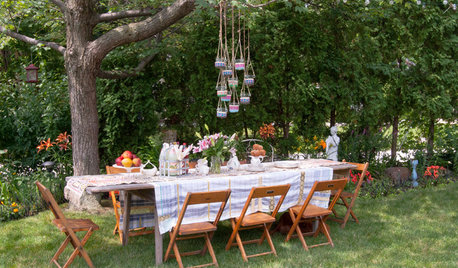
LIFEHouzz Call: How Do You Hold On to Summer at Home?
Summer is winding down, but it’s not over yet! If you're still enjoying some lazy days, we want to see how you’re making the most of them
Full Story
BEDROOMSThe Cure for Houzz Envy: Master Bedroom Touches Anyone Can Do
Make your bedroom a serene dream with easy moves that won’t give your bank account nightmares
Full Story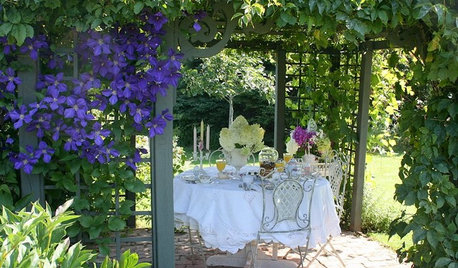
GARDENING GUIDESPacific Northwest Gardener: What to Do in May
Take advantage of May's warmth to prune spring blooms and plant vegetables and annuals for a summer bounty
Full Story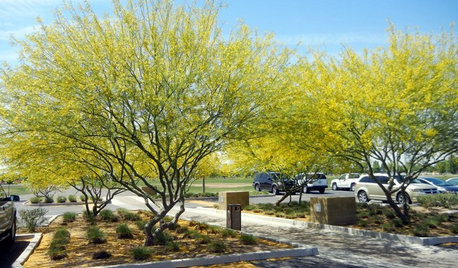
SOUTHWEST GARDENINGSouthwest Gardener's May Checklist
Let May's warm temperatures guide your edible and flowering garden plantings, and don't forget to protect and prune your picks
Full Story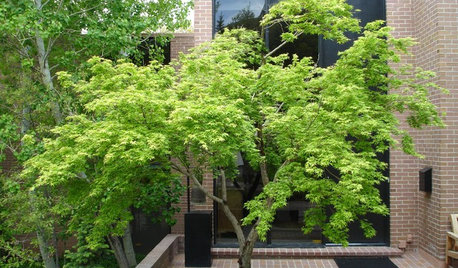
ROCKY MOUNTAINS GARDENINGRocky Mountain Gardener's February Checklist
Get smart with your seeds, strike with oil to manage pests and practice proficient pruning — your trees and shrubs will thank you
Full Story0
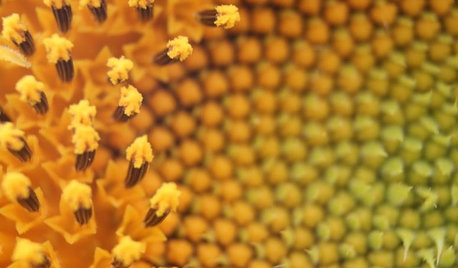
GARDENING GUIDESCentral Plains Gardener's April Checklist
Let the show begin! Watch for the first perennials, hold back on trimming spring-blooming shrubs and grow your garden borders
Full Story
KITCHEN DESIGNHouzz Call: What’s Cooking in Your Kitchen?
Most of us turn to recipes, videos and culinary shows when we cook. Where do you set your cookbook, tablet or TV screen?
Full Story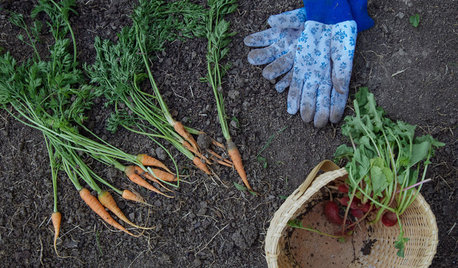
FARM YOUR YARDMy Houzz: Backyard Farming for a Kansas City Family
A backyard garden provides a family of 5 with organic seasonal produce. Here's how they do it
Full Story
LIFEThe Polite House: How Can I Tell a Construction Crew to Pipe Down?
If workers around your home are doing things that bother you, there’s a diplomatic way to approach them
Full StorySponsored




Tuso
reign
Related Discussions
How many melons/watermelons per vine?
Q
Bunched up watermelon leaves and small melon plants
Q
2007 Watermelon and Melon Summary
Q
ph for muskmelons and watermelons
Q
Tuso
reign
carolync1
Tuso
bill_southerncal
jamie_e
reign
wayne_5 zone 6a Central Indiana
carolync1
winnjoeOriginal Author
carolync1
jamie_e
carolync1
spacific
reign
carolync1
reign
carolync1
Tuso
reign
wayne_5 zone 6a Central Indiana
carolync1
bill_southerncal
reign
carolync1
bill_southerncal
green_CA
spacific
carolync1
Kerry1GA
wayne_5 zone 6a Central Indiana
winnjoeOriginal Author
reign
Tuso
winnjoeOriginal Author
wayne_5 zone 6a Central Indiana
winnjoeOriginal Author
winnjoeOriginal Author
winnjoeOriginal Author
spartum
carolync1
fliptx
gene_washdc
fliptx
jackman1944
feldon30
gardenerlady
damage.com